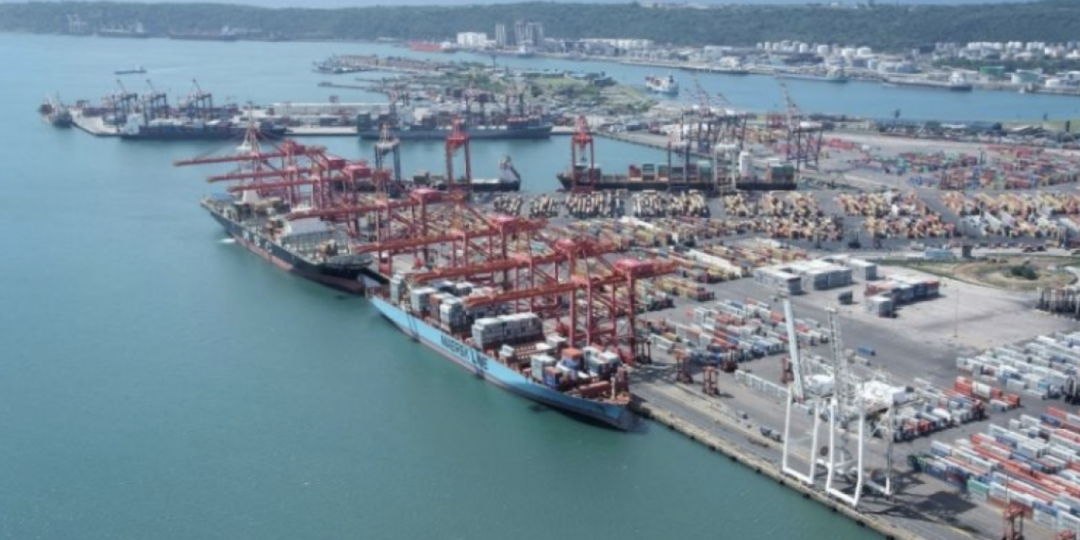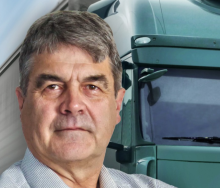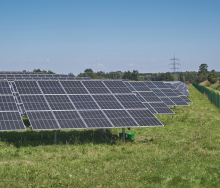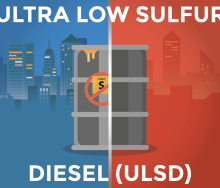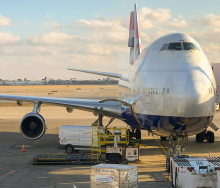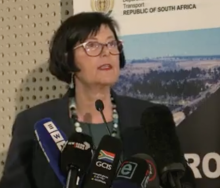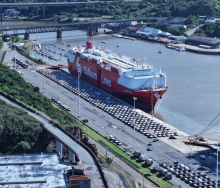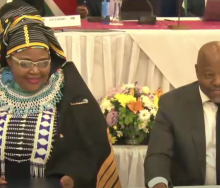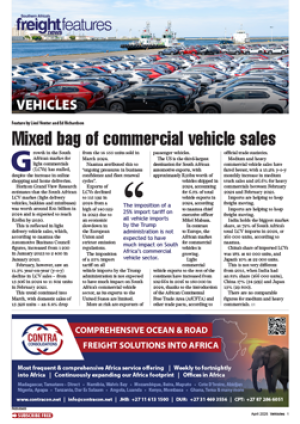President Cyril Ramaphosa has reiterated the Government of National Unity’s commitment to economic growth and improving South Africa’s ports, rail and roads, saying it will spend R940 billion on infrastructure over the next three years.
Delivering his State of the Nation (Sona) address in Parliament on Thursday night, Ramaphosa said the government was investing in infrastructure to build “a thriving economy, an economy that benefits all to create this virtuous cycle of investment growth and jobs”.
“We must lift economic growth to above 3%,” he said.
“To achieve higher levels of economic growth, we are undertaking massive investment in new infrastructure while updating and maintaining infrastructure we have. We are developing innovative ways of funding infrastructure. We are engaging local and international finance institutions and investors to unlock R100bn in infrastructure financing,” Ramaphosa said.
He highlighted the government’s medium-term plan to spend R940bn on infrastructure, including R375bn on state-owned entities over the next three years.
“A project preparation bid window has been launched to fast-track investment readiness. This includes revised regulations for public-private partnerships, which will unlock private sector expertise and funds,” he said.
“This funding will revitalise our roads and bridges. It will build dams and waterways, it will modernise our ports and airports and also power our economy through the infrastructure fund.”
Ramaphosa added that the government was steadily removing the obstacles to meaningful and faster growth.
“The economic reforms we are implementing through Operation Vulindlela have created a new sense of optimism and confidence in our economy.”
He said the government would work with business, labour and other social partners to finish the work that had been started.
More rapid, inclusive growth
“Over the coming year, we will initiate a second wave of reform to unleash more rapid and inclusive growth. Our immediate focus is to enable Eskom, Transnet and other state-owned enterprises that are vital to our economy to function optimally,” Ramaphosa said.
“We are repositioning these entities to provide world-class infrastructure while enabling competition in operations, whether in electricity generation, freight rail or port terminals. We continue with the fundamental reform of our state-owned enterprises to ensure that they can effectively fulfil their social and economic mandates.”
He reiterated the government’s work on revitalising port terminals and rail corridors through the Freight Logistics Road Map, attracting private capital to elevate logistics infrastructure to world-class standards.
“Transnet performance has stabilised and is steadily improving,” he said.
Transnet’s Network Statement, released in December 2024, which will for the first time enable private rail operators to access the freight rail system, will ensure minerals, vehicles and agricultural produce reach international markets.
A new model to strengthen oversight of public entities would be established to ensure ownership of strategic infrastructure for public benefit while finding innovative ways to attract private investment to improve services, he added. Government is establishing a “state-owned entity reform unit” for this purpose.
The Energy Action Plan, he said, had reduced load-shedding to the point that the country had experienced more than 300 days without rolling blackouts since March 2024.
Energy supply constraints
“While the return of load-shedding for two days last week was a reminder that our energy supply is still constrained, we remain on a very positive trajectory, whether people like it or not.
“We now need to put the risk of load-shedding behind us once and for all, and the minister of electricity will speak about it in about two weeks or so when he presents to Parliament,” he said.
The Electricity Regulation Amendment Act, which came into effect on January 1, marked the beginning of a new era in the country’s energy architecture.
“This year, we will put in place the building blocks of a competitive electricity market. Over time, this will allow multiple electricity generation entities to emerge and to compete. We will mobilise private sector investment in our transmission network to connect more renewable energy to the grid and the minister will tell us that we still need to install 14 000 kilometres of transmission lines,” he said.
“We therefore need to mobilise finance from a number of sources to enable this to happen. As we reform our energy system, we are continuing to build successful multilateral partnerships in the global effort to halt the devastating impact of climate change.”
Ramaphosa added that South Africa’s just transition was “gaining momentum” as the international community had injected more than $13 billion into the country, while “significant private capital” was being invested locally.
“We are determined to meet our carbon reduction commitments, and will do so at a pace and a scale that our country can afford.”
